Handwriting practice Normal Tracing Letters Worksheets for Ages 4-7
15 filtered results
-
From - To
Discover our engaging Handwriting Practice Normal Tracing Letters Worksheets designed specifically for children ages 4-7. These worksheets provide young learners with a fun and effective way to develop their handwriting skills. Each sheet features clear, recognizable letters to trace, helping to improve fine motor skills and build confidence in writing. Our carefully crafted activities cater to different learning styles, ensuring that each child can progress at their own pace. With a variety of uppercase and lowercase letters to practice, these worksheets are perfect for preschool and early elementary students. Start your child's handwriting journey today and watch their skills blossom!
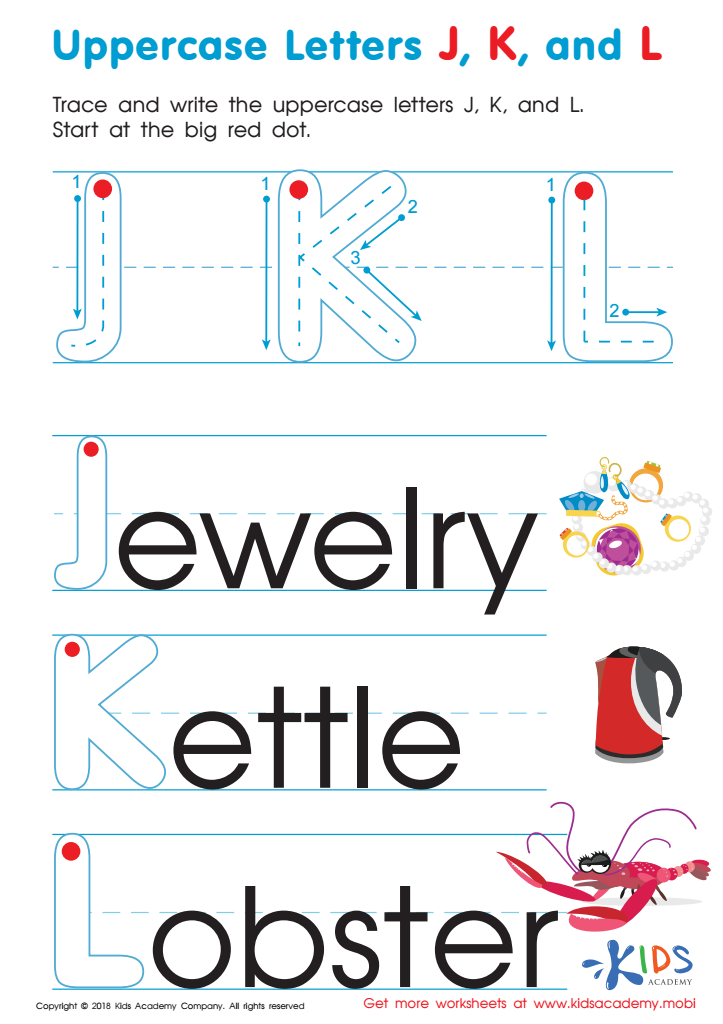

Uppercase Letters J, K, and L Worksheet
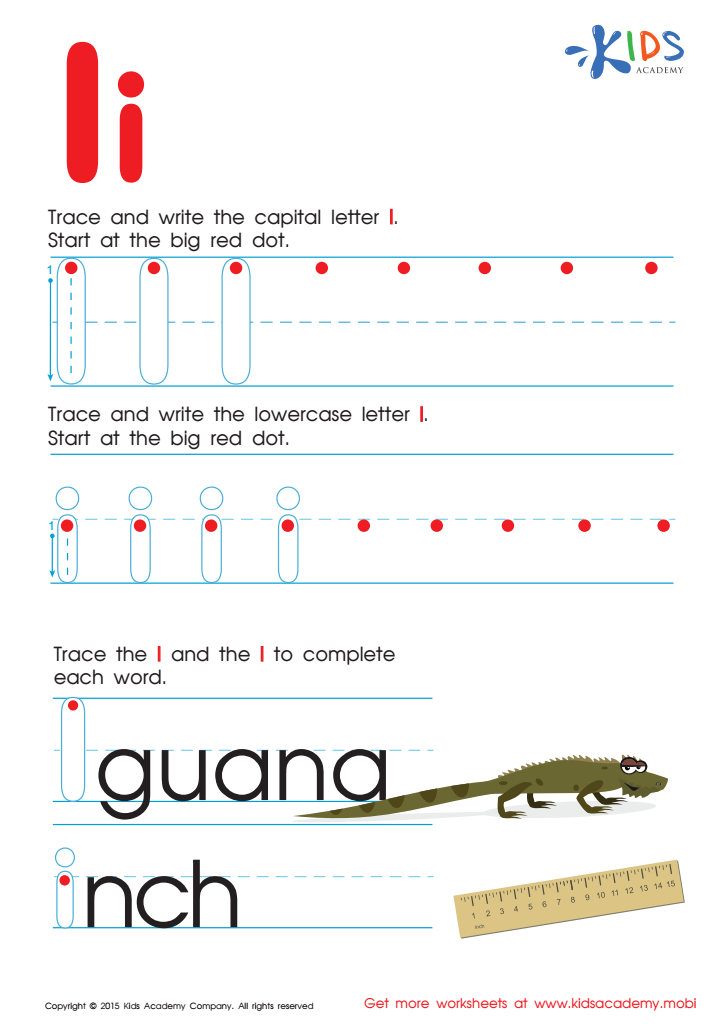

Letter I Tracing Page
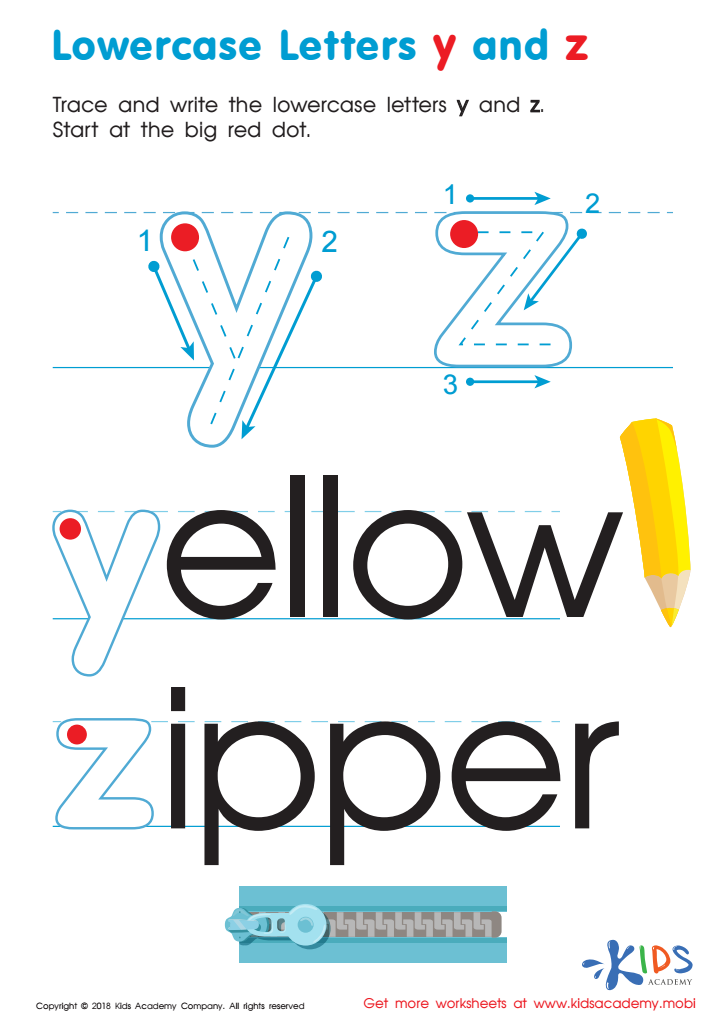

Lowercase Letters y z Worksheet
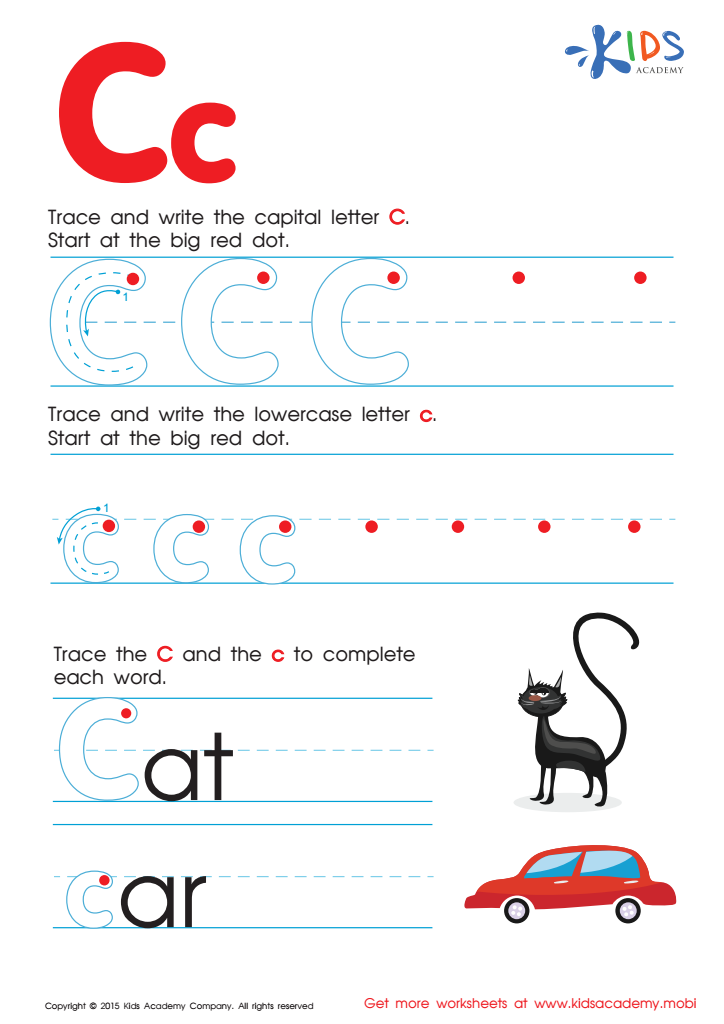

Letter C Tracing Page
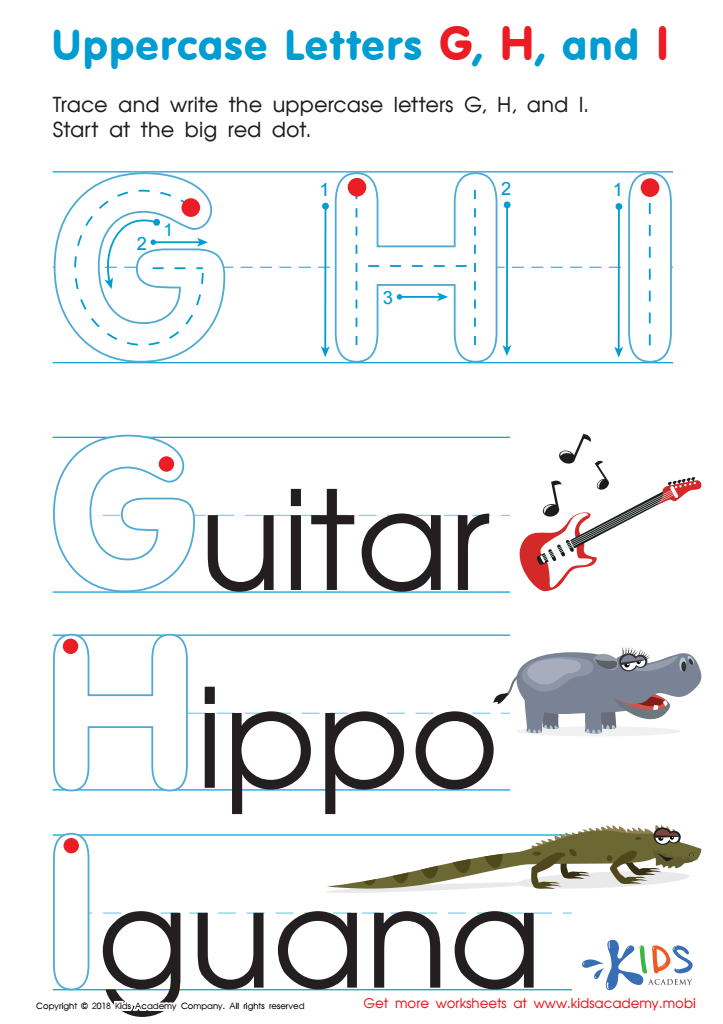

Uppercase Letters G, H, and I Worksheet


Letter G Tracing Page
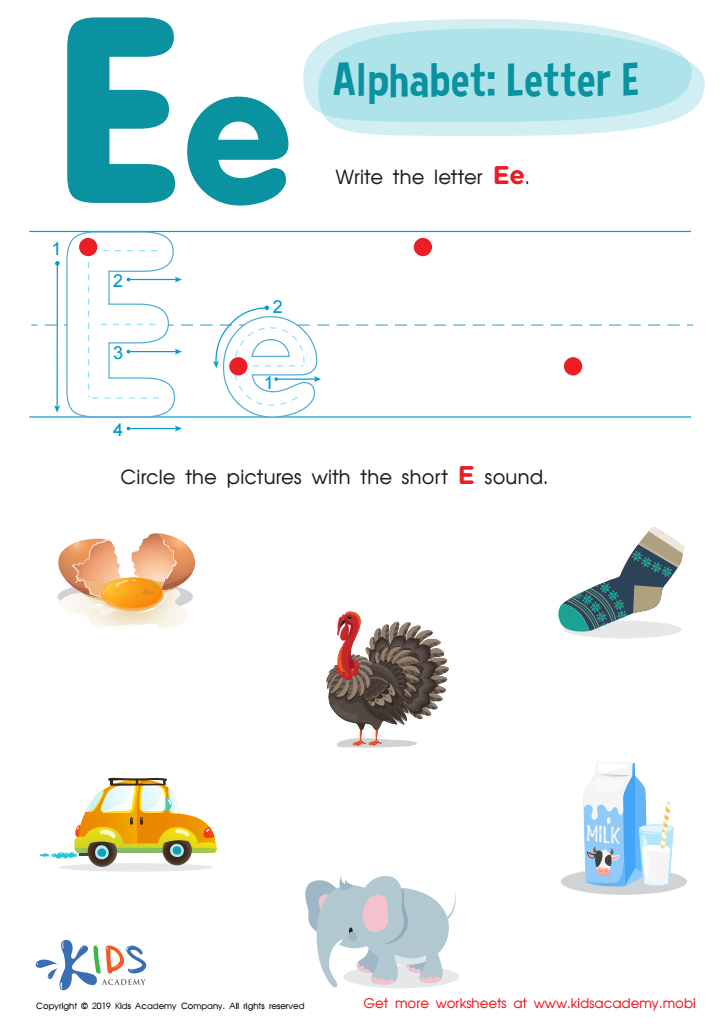

Letter E Tracing Worksheet
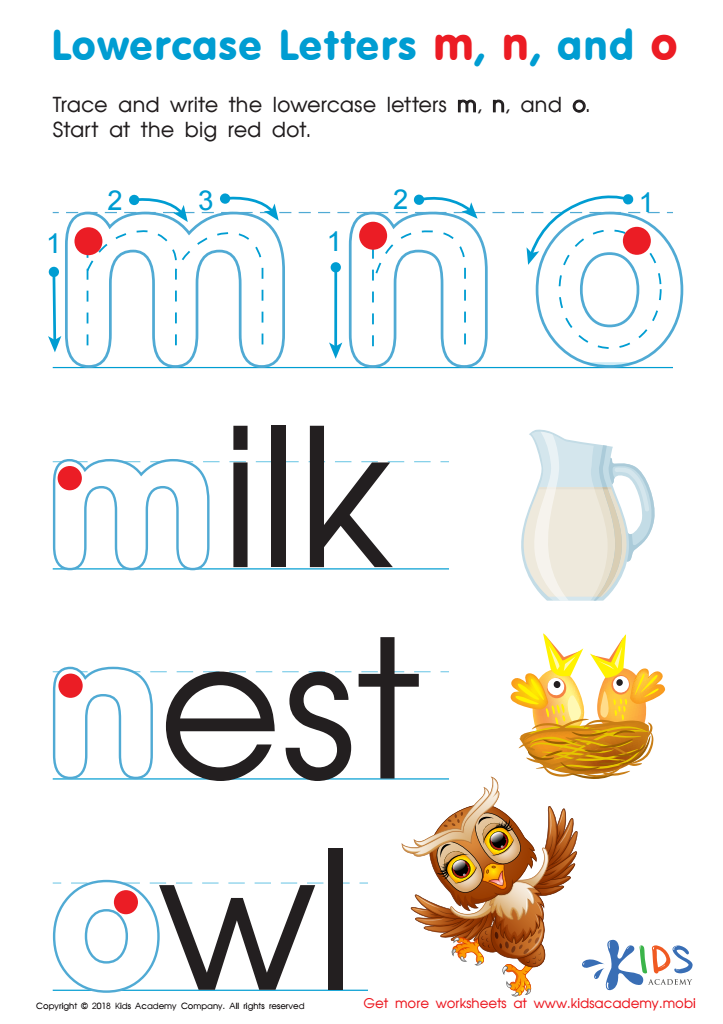

Lowercase Letters m n o Worksheet
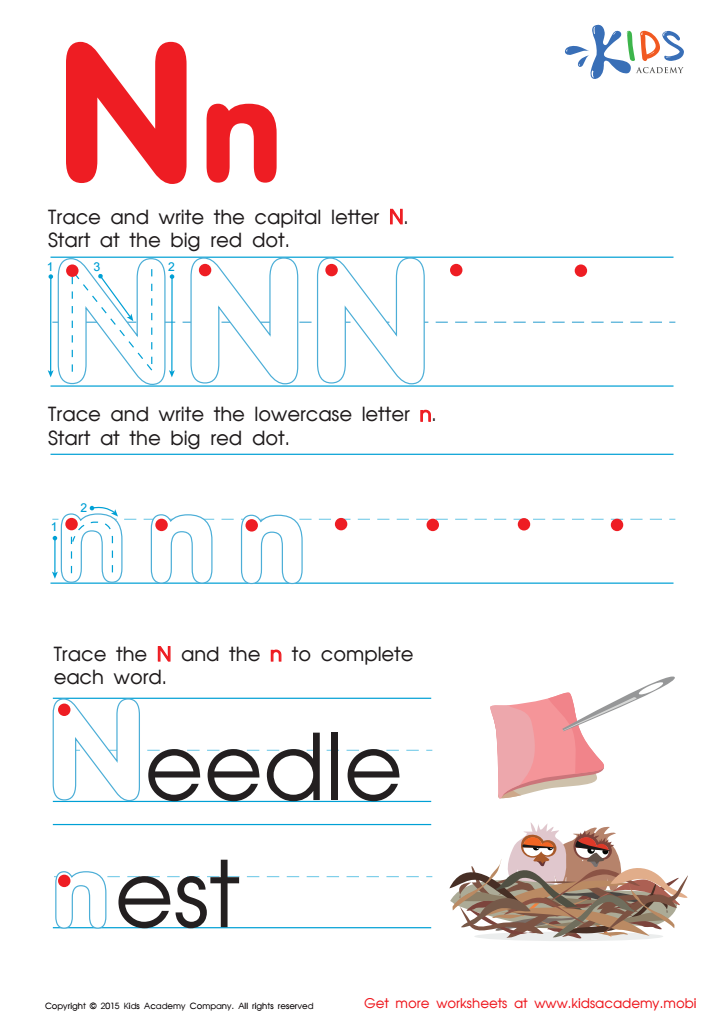

Letter N Tracing Page
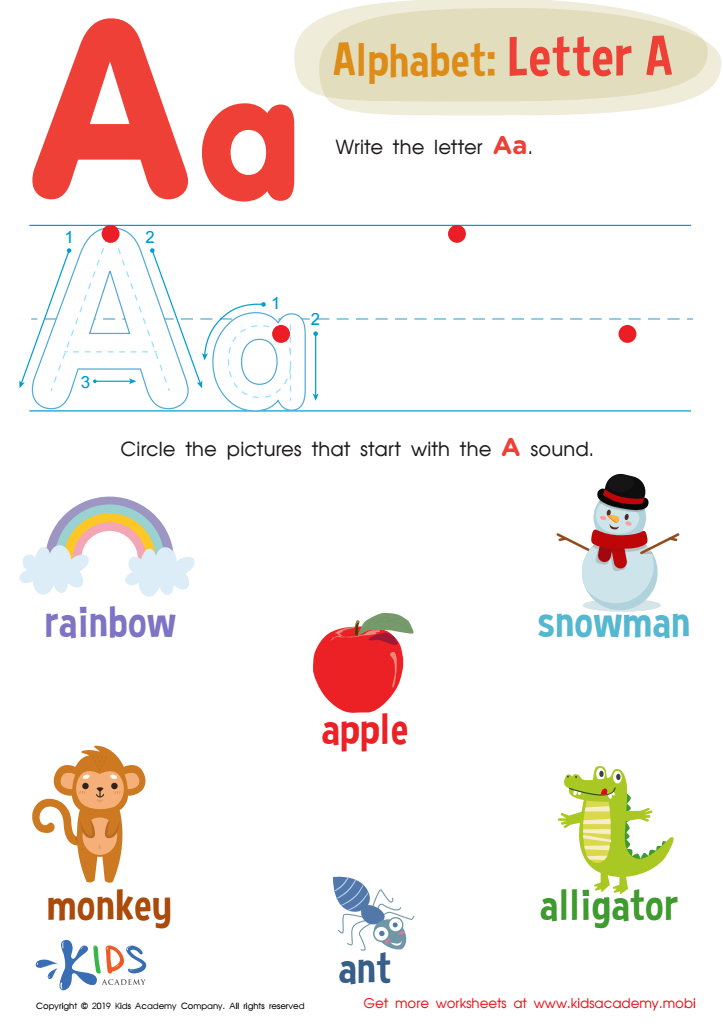

Letter A Tracing Worksheet
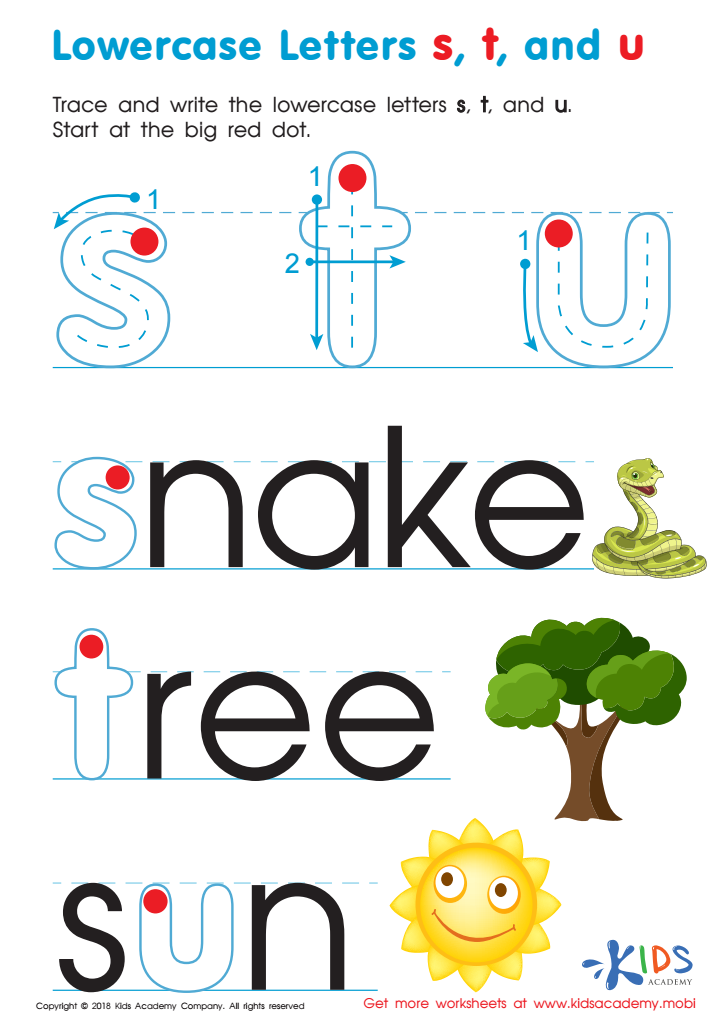

Lowercase Letters s t u Worksheet
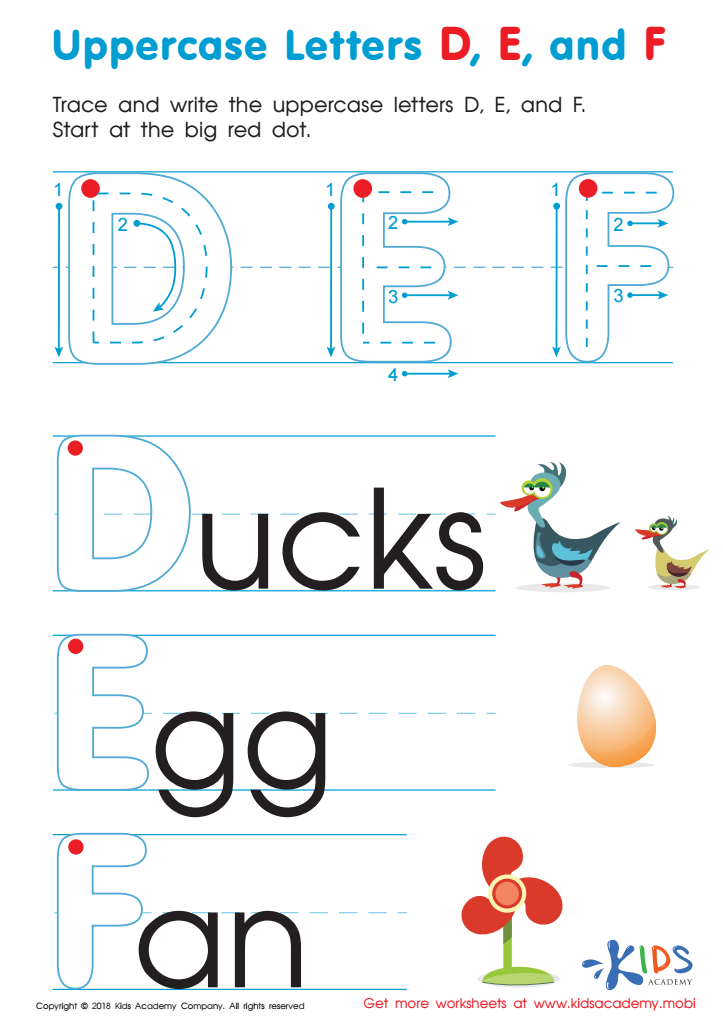

Uppercase Letters D, E, and F Worksheet
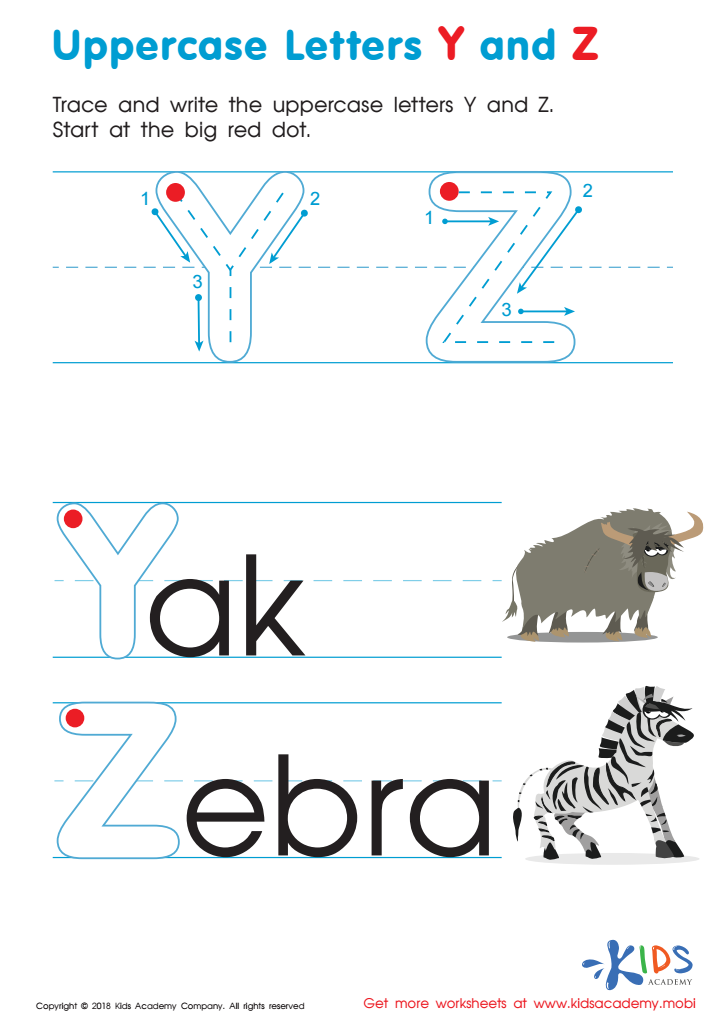

Uppercase Letters Y Z Worksheet
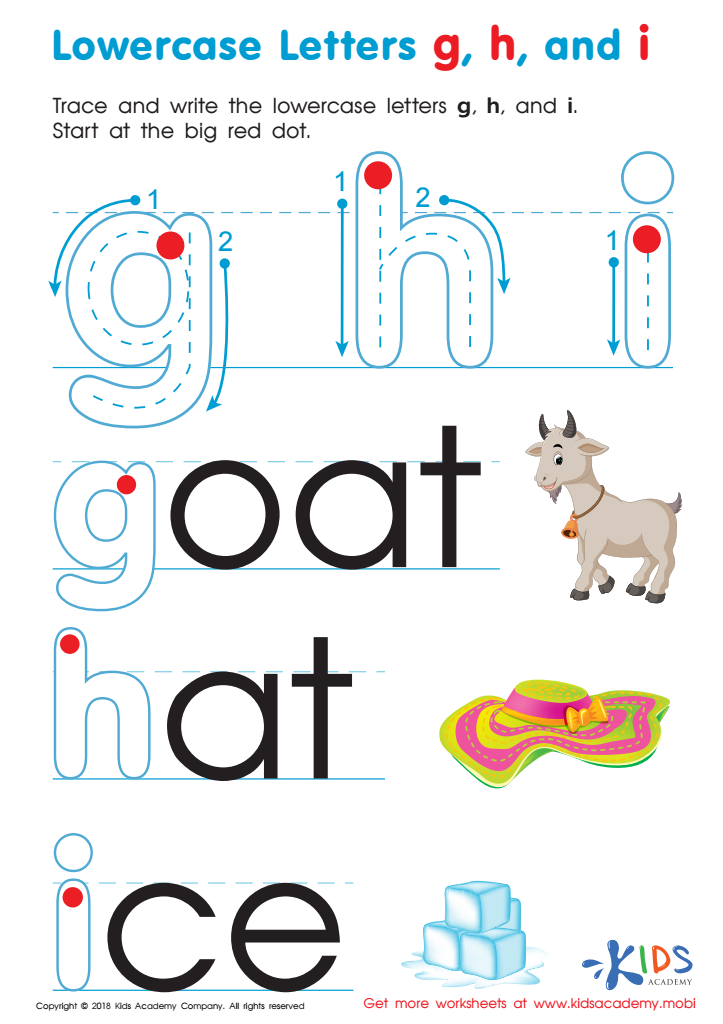

Lowercase Letters g h i Worksheet
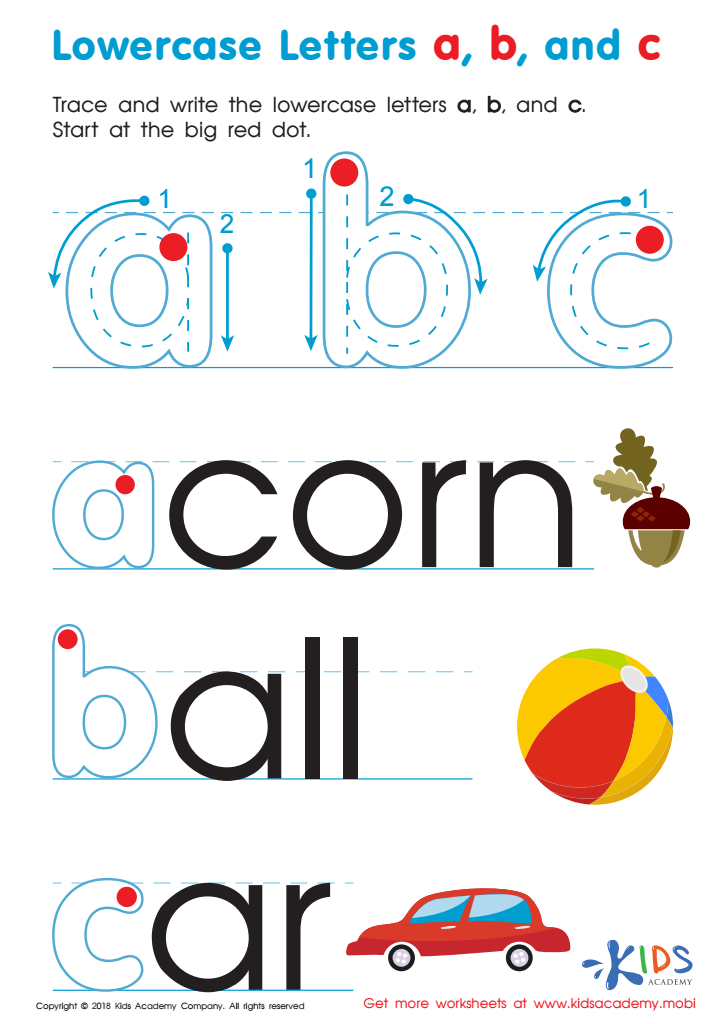

Lowercase Letters a b c Worksheet
Handwriting practice, particularly tracing letters for ages 4-7, is crucial for several developmental reasons. First, it enhances fine motor skills, which are essential for children as they learn to control their hand movements. These skills are foundational not just for writing, but for other daily tasks like buttoning shirts or using scissors. Tracing letters helps children develop muscle memory, making writing more fluent and comfortable as they progress.
Second, handwriting practice supports cognitive development. The process of tracing engages children's brains, helping them associate letters with sounds, ultimately reinforcing phonemic awareness, which is vital for reading. This connection fosters early literacy skills that will benefit them long-term.
Moreover, handwriting can boost self-esteem. As children see their improvement over time, they gain a sense of accomplishment, which can motivate them in other academic areas. Lastly, proficiency in handwriting often translates to better performance in school, as neat and legible work is crucial for clear communication.
By emphasizing the importance of tracing letters, parents and teachers contribute significantly to a child's educational foundation, aiding their physical, cognitive, and emotional growth. Investing time in handwriting practice reaps rewards that extend beyond the classroom and into lifelong learning.
 Assign to My Students
Assign to My Students















